Interview With Brazilian Artists: Toco-Oco
| Written by: Tiny House Chocolate
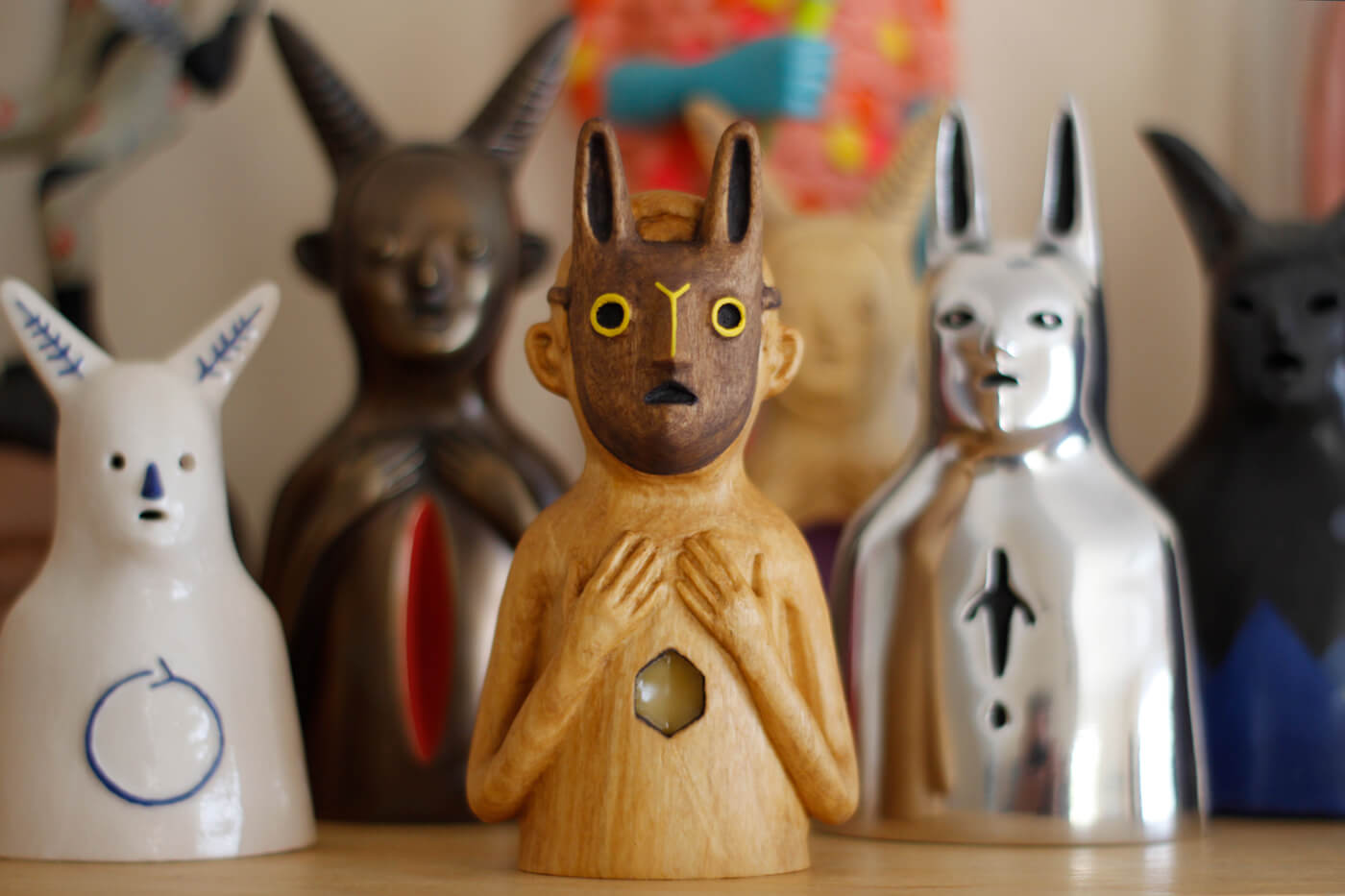
Discover the pioneer story of a Brazilian artist couple who switched art galleries for collectible sculptures.
With a series of colorful, original, and super-desirable collectible sculptures, Toco-Oco has created a new way of expressing its art in Brazil. Those responsible for the success are the Brazilian artists Guilherme Neumann and Lara Alcantara, who met in a Visual Arts course years ago. Toco-Oco was created in 2012 when they left the art galleries and started producing dolls for children.
Over time, the idea was transformed and the couple created a business model of collectible sculptures, just like the American toy art market for adults, with monthly releases and limited series of 60 to 90 pieces. Built with wood, resin, fabric, and ceramics, the small works address questions such as existentialism, the parallel between life & death, and the relationship between man and nature.

In this interview for Tiny House Chocolate, the artists talk about their beautiful history:
TH: How did the idea for Toco-Oco come about, and how has it changed over the years to the present day?
The idea of Toco-Oco came from the need to supplement our family income, as being represented by a gallery was not enough, and the desire for children’s design to be more accessible. Our son was almost 2 years old at the time, and we thought a lot about what kind of reference we would like to offer him, and every educational toy more accessible was of low aesthetic quality in our view.
We started making dolls for two reasons. Lara was already familiar with sewing since she was a child, and she learned a lot by experiencing the daily life of her mother’s dolls workshop, just as I was already very familiar with sewing and carpentry for the same reason. The second reason is the fact that we understand that the doll, even if we do not consider it as a toy in our work – we prefer to refer to dolls as objects, it is a representation of ourselves, where children and adults are able to recognize themselves in this ancestral form of representation. And in this way, being able to reframe feelings, thoughts, and projections of your own existence.
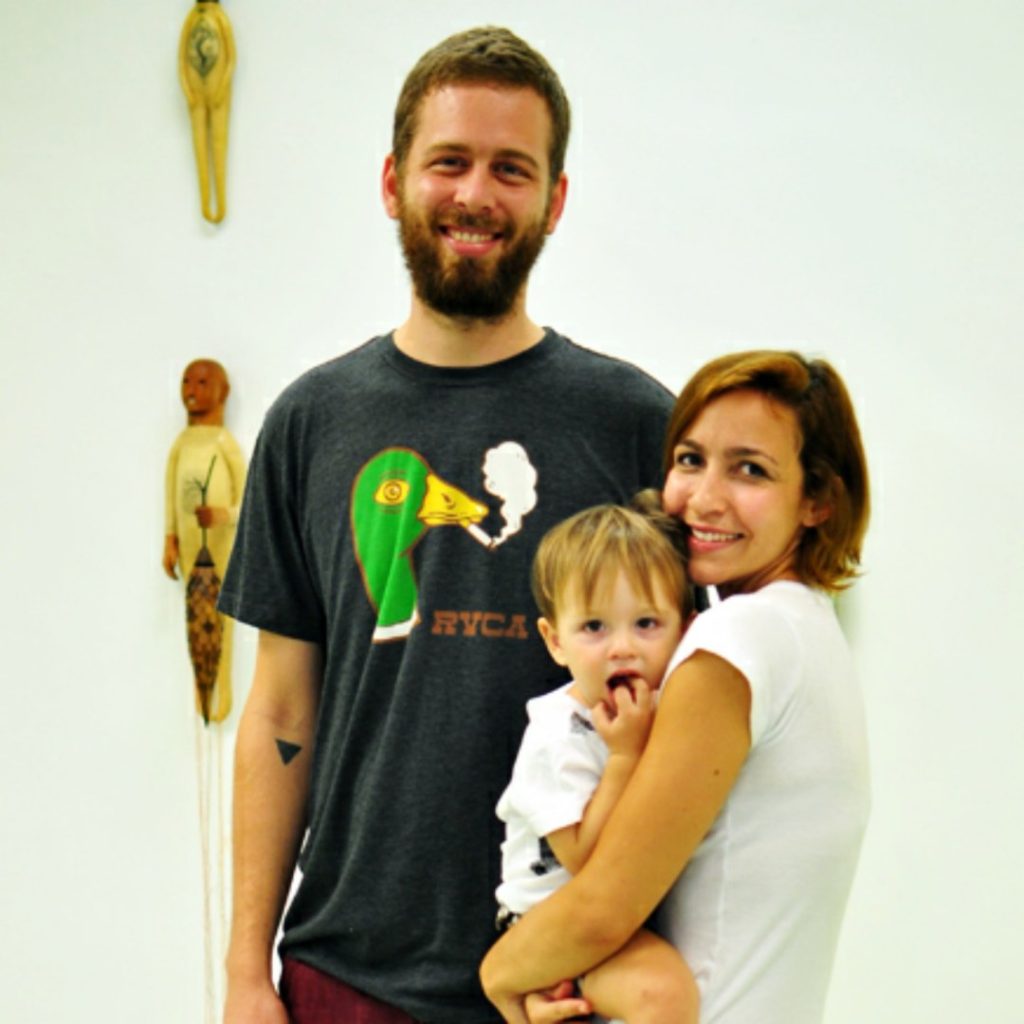
Over time, we felt that Toco-Oco could take us to a place that was closer to our values. That is why we decided to dedicate ourselves exclusively to this and become independent from art galleries, being able to incorporate the sculptures so present in our work. We started with a business model little or nothing explored in Brazil, which is the serialization of sculptures, numbered and signed, separated by monthly collections that are never repeated. We are pioneers in presenting this possibility to the Brazilian public, and we needed time to be accepted. Today, we make monthly releases of two to three different sculpture models, with an average of 60 to 90 pieces a month, which sell out in a few minutes.
TH: How does your creative process work? What materials do you usually use?
We have a structured schedule for a year or so, which undergoes minor changes as we feel like incorporating something new or that makes more sense for the moment. The creative process happens in many different ways from different stimuli, a song, a text, a problem, but our narrative is very autobiographical and has a questioning character that we understand to be inherent in any human being. We always bring time, life & death, cycles, symbolisms that come from forms and materials. We use many different materials, many techniques, and technologies. We learned to relate to all of this in a very self-taught process, in trial and error, and we’ve made a lot of mistakes before we got it right. We basically work with resin in the most colorful and detailed sculptures, but we also work with bronze, ceramics, fabric, wood, and beeswax. We try to mix all the materials and bring complexity from them since the form is figurative and simple. We use two types of modeling, manual and 3D. In some projects, we mold with silicone rubber and reproduce the sculptures in series. The ceramics, pieces cast in metal and wood, unfortunately, we are unable to produce entirely because of our limited space, so we have the help of partners for these reproductions.
TH: Are there any favorite sculpture(s)?
We have several, but usually, the one we are working on last is the favorite.
TH: We saw on Instagram a video of Guilherme listening to music during the production. What songs do you like to listen to at work?
We are eclectic, we listen to MPB (Brazilian Popular Music) classics, chillout, pop, rock, indie, folk… every time is a different kind of music. We are organizing a playlist to share!
TH: Is there an artist who influences your work?
Many. In fact, anyone who says that he has no reference lies shamelessly. Artists like Kiki Smith, Mimo Paladino, Joseph Beuys, Efrain de Almeida, Farnese and Bispo do Rosário are a few references for us. And we nourish ourselves a lot on social networks, inspiring us with contemporary artists. At the moment, we love to follow the work of some of them, like Luciano Polverigiani.
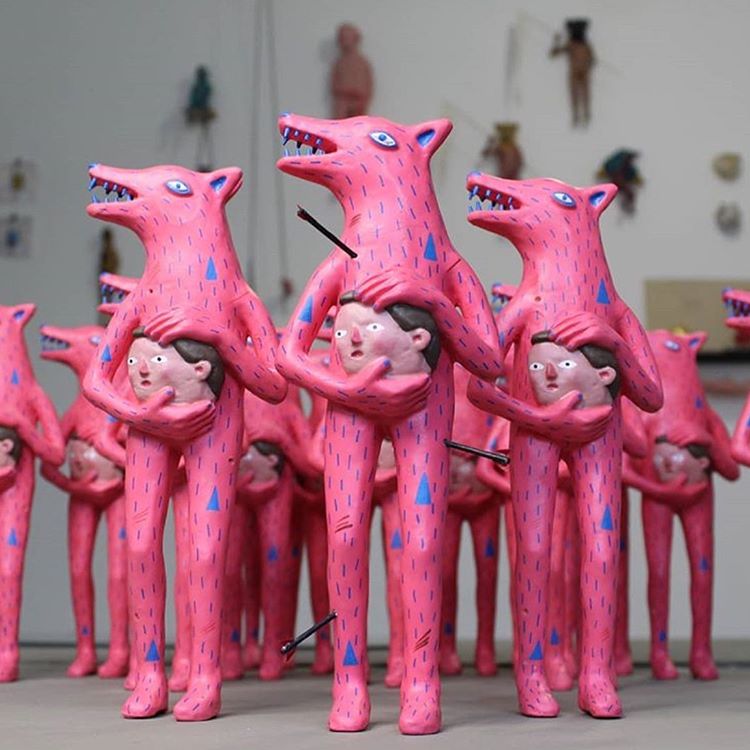
TH: If you could gift any artist (dead or alive) with bean-to-bar chocolate, who would you give it to?
Good question. I think I would give us a gift because we love good chocolate! But I would also give it to Jenny Mendes (@misterclaudey), who is an incredibly sensitive artist and a wonderful person!
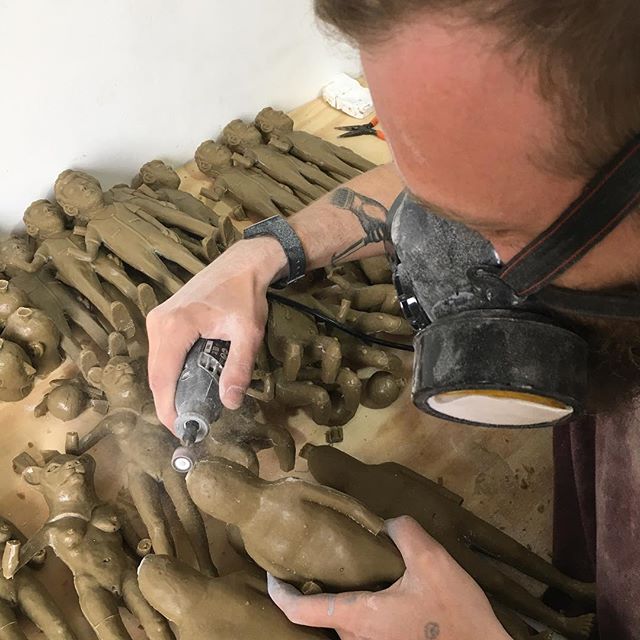
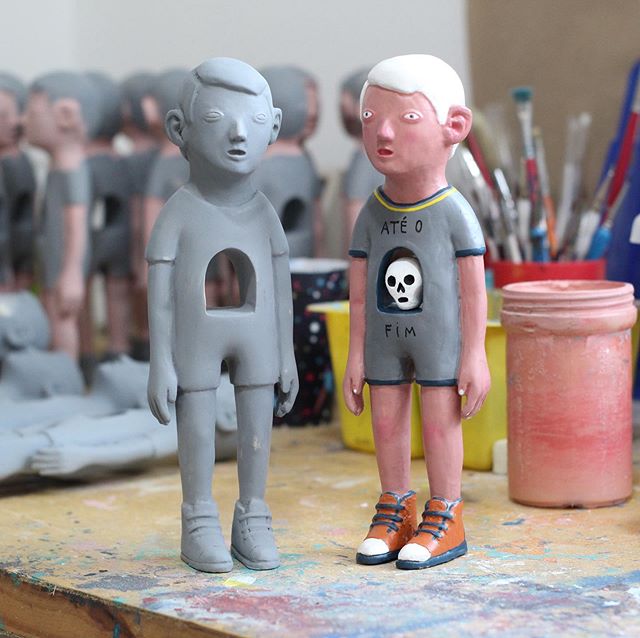
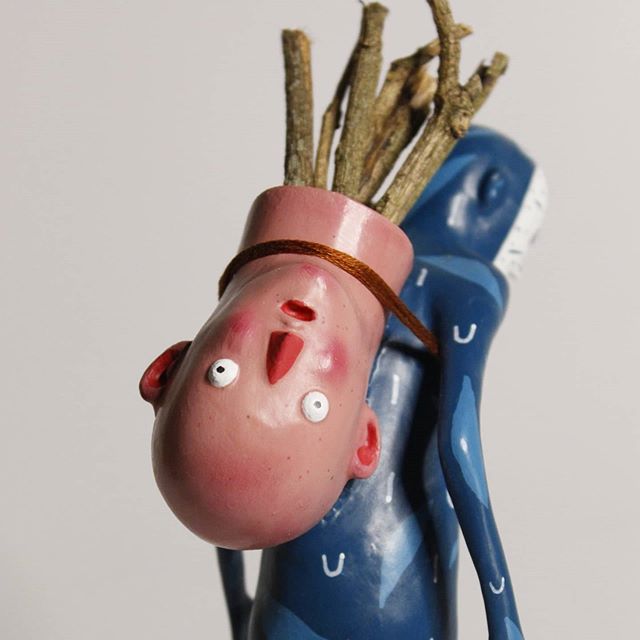
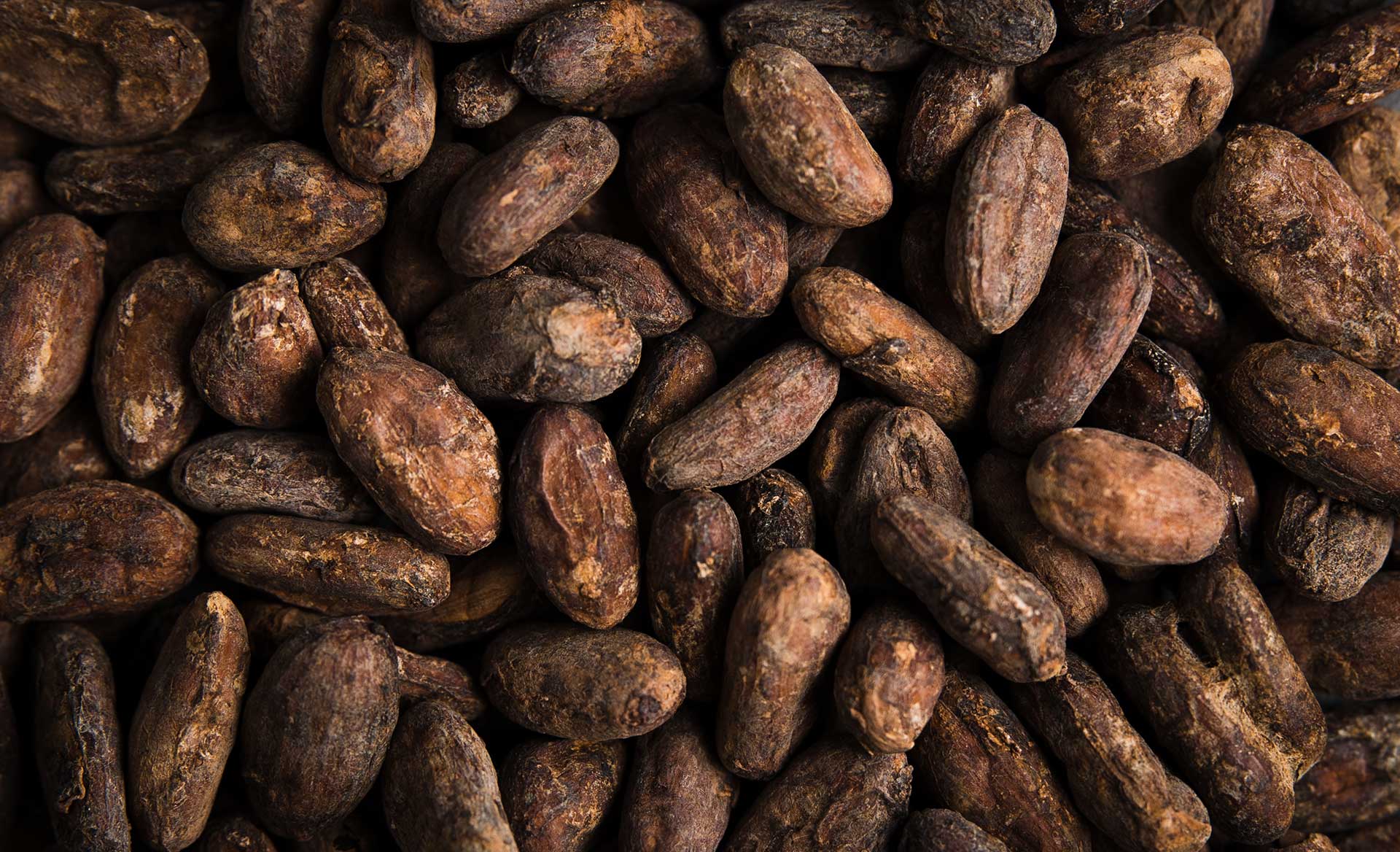
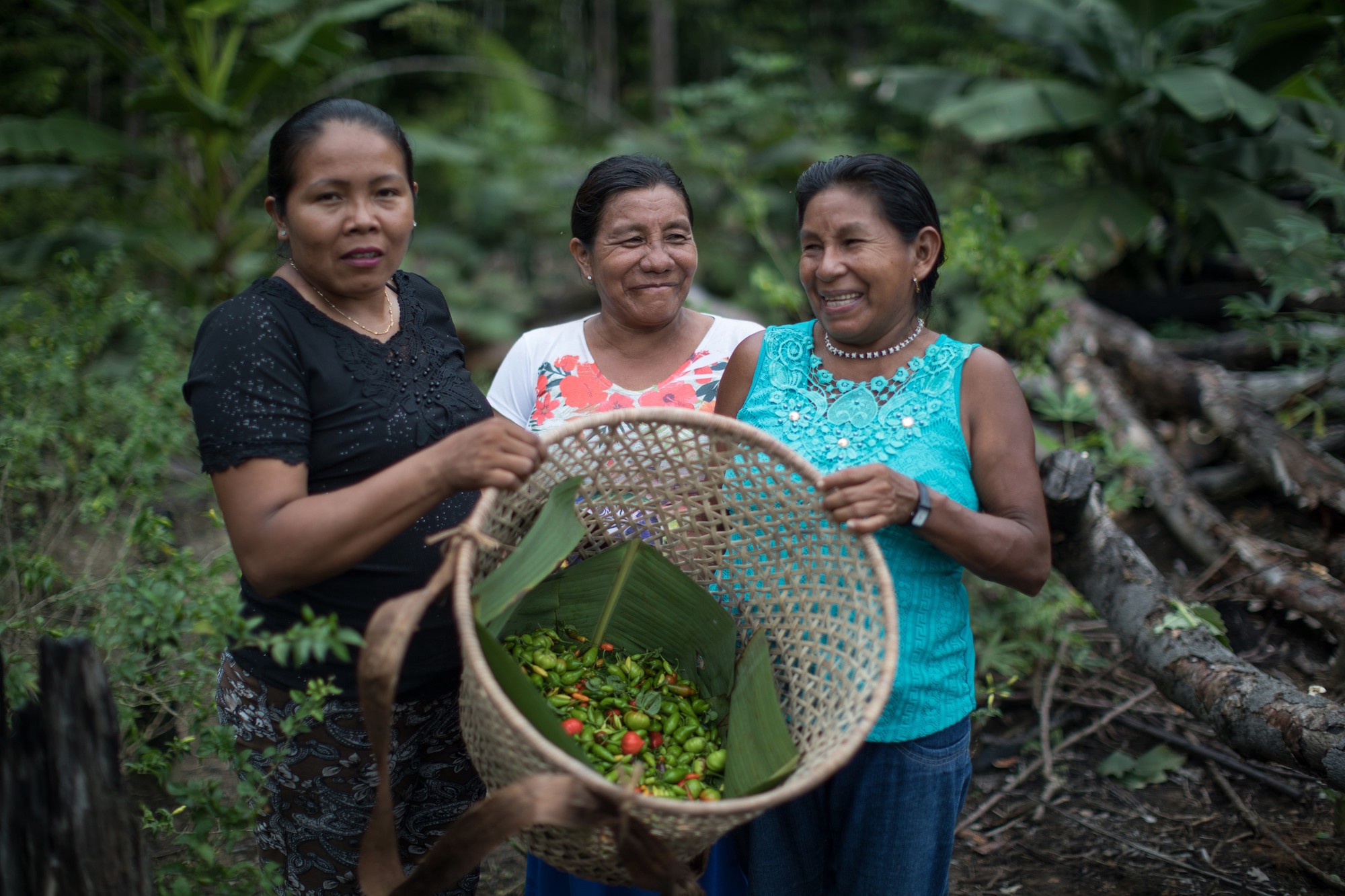
Comments